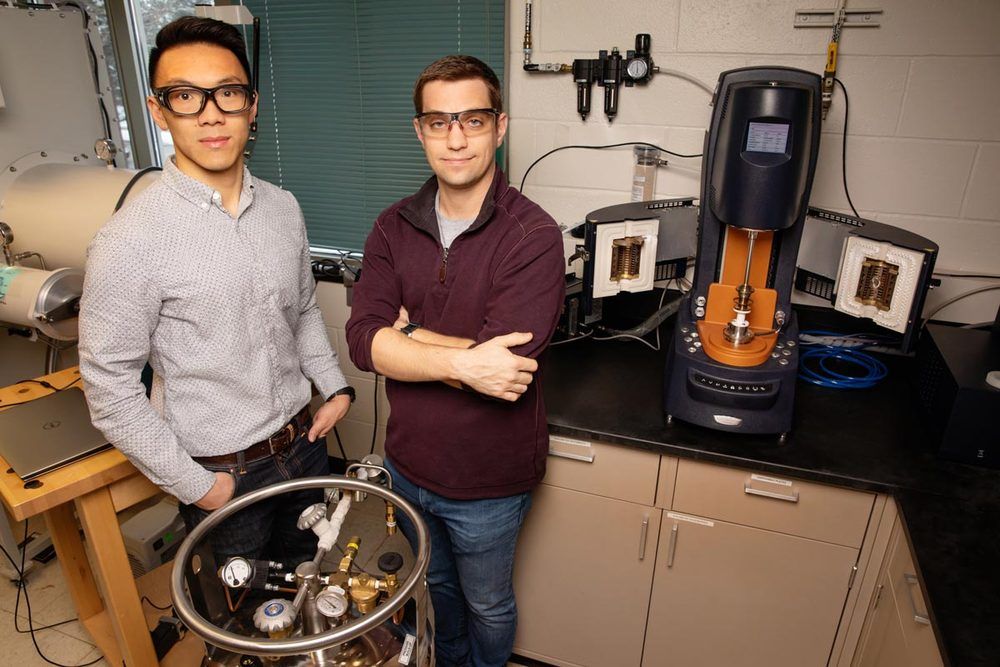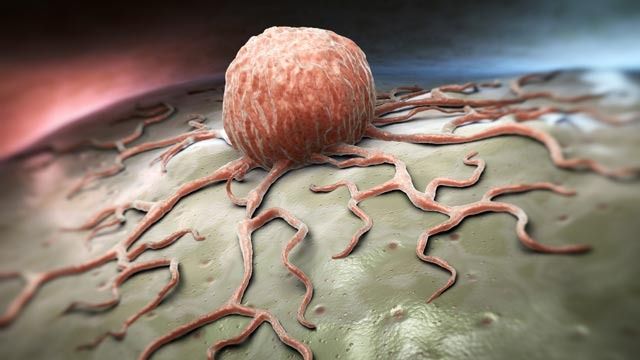
Get the latest international news and world events from around the world.


The best space images of 2019
With some blockbuster space missions underway, 2019 saw some amazing images beamed back to Earth from around the Solar System. Meanwhile, some of our most powerful telescopes were trained on the Universe’s most fascinating targets. Here are a few of the best.
NASA’s Juno spacecraft has been sending back stunning images of Jupiter’s clouds since it arrived in orbit around the giant planet in 2016. This amazing, colour-enhanced view shows patterns that look like they were created by paper marbling. The picture was compiled from four separate images taken by the spacecraft on 29 May.
At the time, Juno was making a close pass of the fifth world from the Sun, approaching to between 18,600km (11,600 miles) and 8,600km (5,400 miles) of the swirling cloud tops.

China Launches Its Largest Rocket Ever, the Long March-5
China launched its largest-ever rocket this week: The Long March-5 Y3 rocket took off from the Wenchang Space Launch Center in south China’s Hainan Province, carrying a Shijian-20 satellite. The launch took place at 8:45 p.m. Beijing time on Friday night, as reported by China’s state news agency Xinhua. Just over half an hour later, the satellite achieved its planned orbit and the China National Space Administration (CNSA) declared the mission a success.
The rocket stands at 57 meters (187 feet) tall, and is 5 meters in diameter around its core stage, with four boosters each of which is 3.35 meters in diameter. This makes the Long March-5 the largest Chinese carrier rocket to date, with a total weight of 870 tonnes and producing thrust of over 1000 tonnes at takeoff.
The two-stage rocket can carry a payload of up to 25 tonnes into low Earth orbit. Alternatively, for more distant launches it can carry 14 tonnes into geostationary transfer orbit, which is an elliptical orbit that is used to reach the geosynchronous orbit which holds most satellites. Looking ahead to potential missions to the Moon and Mars, the rocket is also designed to carry up to eight tonnes into Earth-Moon transfer orbit, or up to five tones into Earth-Mars transfer orbit.
Physicist Proposes Radical New ‘Stellar Engine’ That Could Move Our Entire Solar System
The stellar engine – a gigantic contraption built with the purpose of transporting our Solar System somewhere else, if we ever need to move to a different cosmic neighbourhood. Now, new research has put forward another idea for what such a radical stellar engine might look like. Via this beautiful video from Kurzgesagt, Caplan Thruster, would use the Sun’s own energy to propel it across the galaxy and beyond.
As far as hypothetical space megastructures go, the stellar engine is one of our favourites – a gigantic contraption built with the purpose of transporting our Solar System somewhere else, if we ever need to move to a different cosmic neighbourhood.
Now, new research has put forward another idea for what such a radical stellar engine might look like.
Via this beautiful video from Kurzgesagt, you can learn all about the so-called Caplan Thruster, which would use the Sun’s own energy to propel it across the galaxy and beyond. It’s named after the scientist who came up with the design, astrophysicist Matthew Caplan from Illinois State University.

Apocalypse Then: When Y2K Didn’t Lead To The End Of Civilization
For a time 20 years ago, millions of people, including corporate chiefs and government leaders, feared that the internet was going to crash and shatter on New Year’s Eve and bring much of civilization crumbling down with it. This was all because computers around the world weren’t equipped to deal with the fact of the year 2000. Their software thought of years as two digits. When the year 99 gave way to the year 00, data would behave as if it were about the year 1900, a century before, and system upon system in an almost infinite chain of dominoes would fail. Billions were spent trying to prepare for what seemed almost inevitable.
Twenty years ago, the world feared that a technological doomsday was nigh. It wasn’t, but Y2K had a lot of prescient things to say about how we interact with tech.



New Solid Polymer-Based Electrolyte Helps Batteries Become Self-Healing, Recyclable
Lithium-ion batteries are notorious for developing internal electrical shorts that can ignite a battery’s liquid electrolytes, leading to explosions and fires. Engineers at the University of Illinois have developed a solid polymer-based electrolyte that can self-heal after damage – and the material can also be recycled without the use of harsh chemicals or high temperatures.
The new study, which could help manufacturers produce recyclable, self-healing commercial batteries, is published in the Journal of the American Chemical Society.
As lithium-ion batteries go through multiple cycles of charge and discharge, they develop tiny, branchlike structures of solid lithium called dendrites, the researchers said. These structures reduce battery life, cause hotspots, and electrical shorts, and sometimes grow large enough to puncture the internal parts of the battery, causing explosive chemical reactions between the electrodes and electrolyte liquids.

Cancer Cells Switch Sugar for Fatty Acids to Spread Around the Body
Scientists have uncovered a crucial change in cancer cells that allows them to spread around the body – by switching from sugar to fatty acids to fuel their growth.
Changing their ‘diet’ in this way allows tumour cells to set up shop at new sites where resources such as glucose – their preferred food source – are limited.
Researchers at The Institute of Cancer Research, London, found that a protein called AKR1B10 helps cells adapt the ways in which they get their energy.
Bone marrow stem cells Work in the Elderly!! Another stem cell myth busted
There is a common myth that bone marrow stem cells do not work in the elderly.
However, we are seeing elderly patients respond very well to bone marrow stem cells.
In this blog, we share the experience of 80-year-old Georgia whose long-standing back pain resolved after bone marrow stem cell therapy. We will also explain why they are effective even in older patients.
The common myth is that as we age, the number of bone marrow stem cells dramatically decline in the bone marrow. This is true for the bone marrow stem cells in the long bones. Fortunately, the stem cell numbers are much better preserved in the iliac crest bone [bone in the back of the hip] from where we obtain the cells. This is the main reason why we are seeing good results with bone marrow stem cells even in our elderly patients. Georgia is not an exception.
In fact, Georgia’s bone marrow cell numbers were very high. Her TNC [Total Nucleated Cell Count] was 1.87 billion. TNC is a surrogate marker for stem cell numbers. In one intradiscal stem cell study, the average TNC was 847 million. Georgia’s TNC was more than double of what was reported in that study. Age did not affect Georgia’s bone marrow stem cell count.